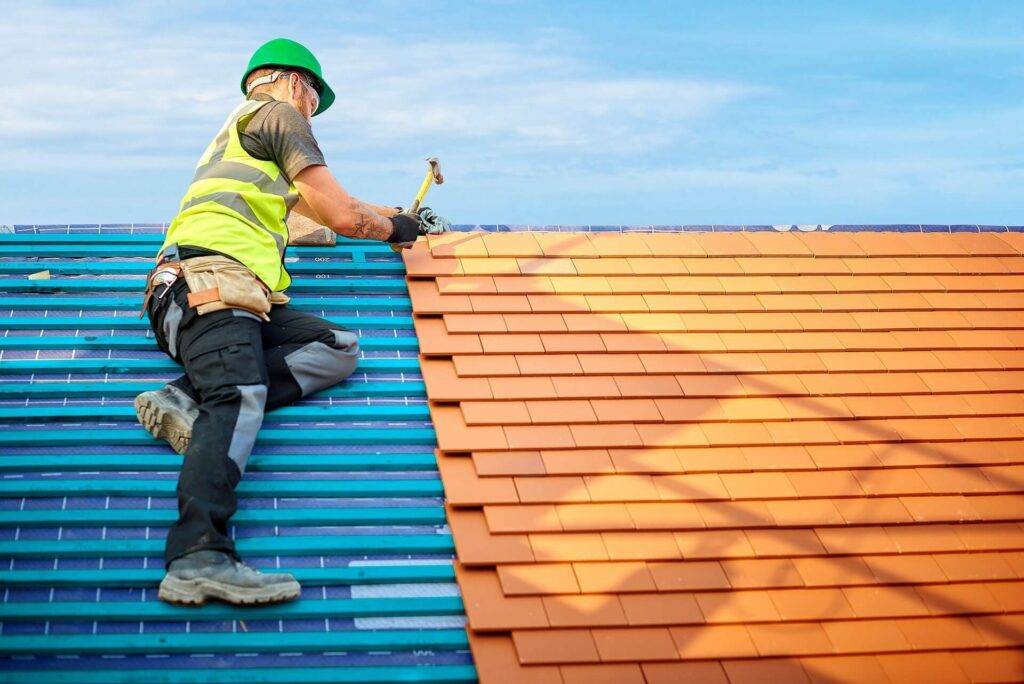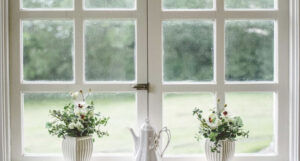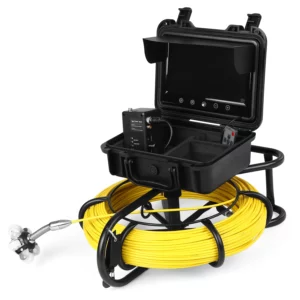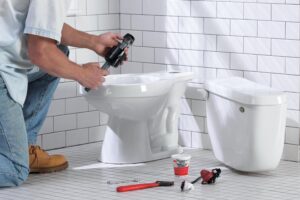What are the Different Types of Commercial Roofs?

Remodeling your commercial roof can be a significant investment. There are many things to consider such as cost, energy efficiency and durability, location, climate, and even climate. There are many roof styles available on the market, so it’s not surprising that there is a large selection.
Old Time roofing will guide you through the different types of commercial roofing and their benefits and drawbacks. It will be easier to identify the differences between each type and help you choose the right commercial roofing system for you.
Metal roofing
Metal roofing is the most widely used material for commercial buildings. It’s also one of the oldest types of roofing systems. Copper roofs were popular in ancient times, according to archeologists. This is most notable for the Pantheon!
Metal roofing has many advantages: It provides a thick protective layer between buildings and potentially dangerous elements. Metal roofing is also highly energy efficient. Metal reflects the sun’s rays, so surface temperatures are often lower and heat is lessened. Metal roofs can also resist fire, which is a great advantage for businesses that rely on heat such as offices or restaurants.
These are some of the most popular metal roofing materials:
- Galvanized and corrugated steel
- Metal sheets
- Stainless steel
- Copper
- Aluminum
Metal roofing has its cons. As you might expect, large amounts of these materials can quickly add up. Home Advisor’s Guide To Roofing Costs estimates that metal roofing can run from $120 to $900 for 100 square feet. The upfront cost of a metal roof is worth it for many people as their roof will last for many decades.
Built-Up Roofing (BUR) Membrane
Built-up roofing membrane, also known as “BUR”, is the second most widely used roofing system for commercial buildings. Built-up roofing is the most popular segment of American roofing systems, with a value of almost $700 million, according to BBC research.
Advantages of Built-Up Rooftops: BUR roofing can be described as a “tar and gravel” type of roof. It is made up of layers of asphalt and support felt fabrics (also known as ply sheets). These felts can be strengthened with glass-fiber mats or other surfacing materials like gravel and stone. This outer material not only looks great but also protects the layers below it from ultraviolet rays. This improves energy efficiency.
BUR roofing is extremely durable and lasts for many years. It’s also water-resistant. BUR roofing is used often for low-slope roofs in order to prevent water from slipping down the roof.
The roof membrane is made of thermoplastic (PVC and TPO).
Although thermoplastic polyolefin (TPO), and polyvinyl chloride(PVC) may sound intimidating, their purpose is to offer strong resistance to weather, chemicals, UV rays, and other external elements.
A type of thermoplastic is polypropylene-based materials. TPOs are made from polypropylene, but they have been modified to be more flexible and puncture resistant. They look more like rubber than plastic. TPO is more resistant to heat and puncture than PVC, according to the Accelerated Weathering and Heat Aging tests.
The pros and cons of PVCs. PVCs can also be considered a type of thermoplastic. However, they are chemically resistant in a way that is different from TPOs. PVCs don’t absorb oils and greases making them ideal for use in restaurants. Although PVC is more expensive than TPOs and can handle chemicals better than TPOs, they are also more eco-friendly.
Asphalt Shingle Roofing
Because shingle roofing is used in most homes and residential buildings, most people know the term “shingles”. Many commercial roofing applications also use shingles, but this is something that most people don’t realize.
Advantages of Asphalt Shingle Roof: The most commonly used shingle type for commercial buildings is asphalt shingles. Asphalt shingles are a byproduct of oil refineries. This makes asphalt shingles among the most affordable and plentiful roofing materials. Asphalt shingles are lightweight, require less labor intensively, and last for decades before they need to be replaced.
This post was written by Ted Williams! Ted is the owner of A Old Time Roofing which is the premier Clearwater Roofing Contractor! Ted is a Master Elite Weather Stopper GAF Roofing Contractor, a double award winner of Best Steep-Slope Contractor from GAF and achiever of Master Elite Consumer Protection Excellence from GAF. He has been serving the Pinellas County area since 1978. Old Time Roofing has a tradition of quality workmanship, servicing residential and commercial properties.





